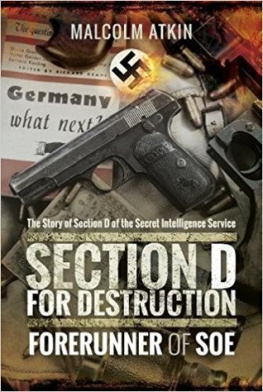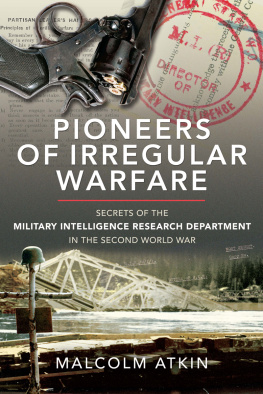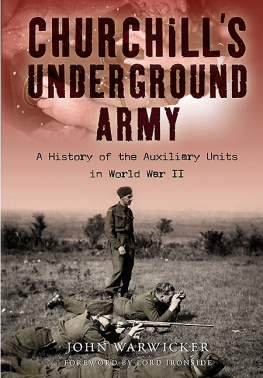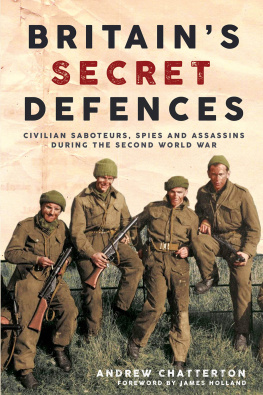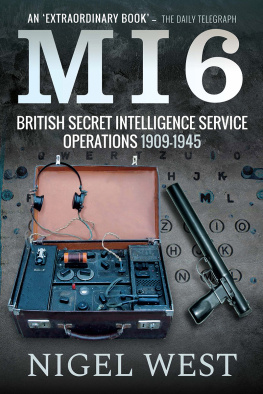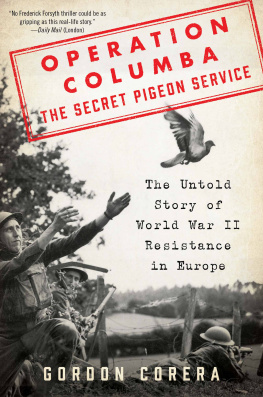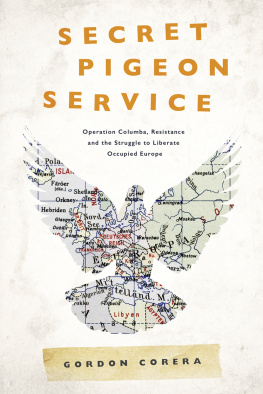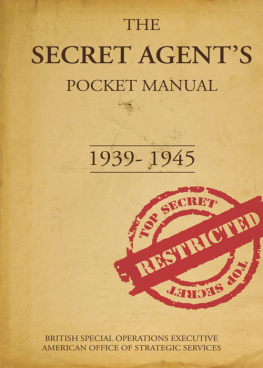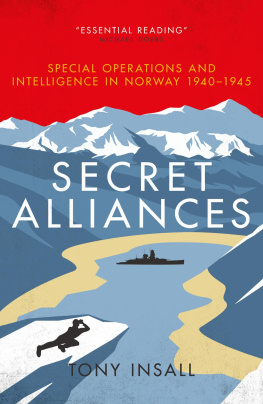we shall defend our island, whatever the cost may be. We shall fight on the beaches, we shall fight on the landing grounds, we shall fight in the fields and in the streets, we shall fight in the hills; we shall never surrender
Winston S. Churchill
4 June 1940
First published in Great Britain in 2015 by
PEN & SWORD MILITARY
An imprint of
Pen & Sword Books Ltd
47 Church Street
Barnsley
South Yorkshire
S70 2AS
Copyright Malcolm Atkin, 2015
ISBN: 978-1-47383-377-7
PDF ISBN: 978-1-47387-284-4
EPUB ISBN: 978-1-47387-283-7
PRC ISBN: 978-1-47387-282-0
The right of Malcolm Atkin to be identified as the author of this work has been asserted by him in accordance with the Copyright, Designs and Patents Act 1988.
A CIP catalogue record for this book is available from the British Library.
All rights reserved. No part of this book may be reproduced or transmitted in any form or by any means, electronic or mechanical including photocopying, recording or by any information storage and retrieval system, without permission from the Publisher in writing.
Typeset by Concept, Huddersfield, West Yorkshire, HD4 5JL.
Printed and bound in England by CPI Group (UK) Ltd, Croydon CR0 4YY.
Pen & Sword Books Ltd incorporates the imprints of Pen & Sword Archaeology, Atlas, Aviation, Battleground, Discovery, Family History, History, Maritime, Military, Naval, Politics, Railways, Select, Social History, Transport, True Crime, and Claymore Press, Frontline Books, Leo Cooper, Praetorian Press, Remember When, Seaforth Publishing and Wharncliffe.
For a complete list of Pen & Sword titles please contact
PEN & SWORD BOOKS LIMITED
47 Church Street, Barnsley, South Yorkshire, S70 2AS, England
E-mail:
Website: www.pen-and-sword.co.uk
Contents
List of Illustrations
Figures
Plates
Acknowledgements
Any student of this topic must start by acknowledging the pioneering contribution of John Warwicker, for his seminal publications and his persistent efforts in breaking down the barriers of secrecy around the subject and in making sources publicly available. His book Churchills Underground Army rewards constant rereading. Thanks are also due to Stephen Sutton for permission to quote from his unpublished undergraduate thesis of 1995 and for making available documents provided by the Foreign Office SOE Advisor in the late 1990s. The important series of audio interviews that Stephen conducted with Auxiliary Unit veterans is now available through the Imperial War Museum audio collection. A personal thanks to Mick Wilks who pioneered the study of the topic locally, originally as part of the Defence of Britain project in the mid-1990s and latterly as the Defence of Worcestershire project. With Bernard Lowry he recorded the reminiscences of a large number of Auxiliary Units veterans at a time when they were still reluctant to discuss their secret wartime experiences. Peter Kindred and the volunteers at the British Resistance Museum at Parham, Suffolk were unfailingly friendly and helpful in opening up their unique archive. A special thanks is owed to Peter Attwater for his reminiscences of his time as a resistance wireless operator and for opening up new lines of enquiry.
Many other people have patiently answered queries. They include Stewart Angell, A.F. Judge (Military Intelligence Museum, Chicksands), Sallie Mogford and Will Ward. Thanks to the sources of the illustrations: East Sussex County Council Library & Information Service, Imperial War Museum, National Armouries, The National Archives, National Portrait Gallery, Geoffrey Pidgeon, Piers Pottinger, David Sampson, Troendelag Folk Museum (Norway), Getty Images and Corbis. Particular thanks to Susanne and Kate Atkin for their additional photography and to Discover History for modelling the front cover illustration. Every effort has been made to contact the correct copyright owner for illustrations but apologies are made for any errors.
This book would not have been possible without the assistance of Lee Richards at ARCRE Document Copying Service (www.arcre.com). The service has allowed cost-effective remote access to the documents held at The National Archives, which transforms the possibilities for research for those living outside London. Thanks also to Rupert Harding, Susan Last and the staff of Pen & Sword for their patience in seeing the book through the publication process.
As ever, my final thanks go to my wife, Susanne, for her unfailing support and patience during the research and production of this book and for compiling the index.
Any responsibility for speculation and conclusions remains my own.
Abbreviations and Acronyms
ADGB Air Defence of Great Britain Command, which coordinated the air defence of Britain (fighter aircraft and AA guns) until the formation of Fighter Command in 1936.
Abwehr German army intelligence organisation.
ATS Auxiliary Territorial Service. Womens army organisation.
BEF British Expeditionary Force (France 193940).
CSS Chief of the Secret Service (SIS). Commonly abbreviated as C.
CIGS Chief of the Imperial General Staff.
DCO Director of Combined Operations.
DMI Directorate of Military Intelligence.
DNI Directorate of Naval Intelligence.
Electra House Secret government organisation responsible for conducting psychological warfare. In July 1940 it was merged into the newly formed Special Operations Executive (SOE).
FSS Field Security Sections of Military Intelligence Corps. Until July 1940 part of D Division, MI5.
G-2 Irish Intelligence Service.
GSO General Staff Officer (graded 13).
GS(R) General Service (Research). Original name for what became MIR.
GHQ General Headquarters, Home Forces.
HDB Home Defence Battalions. Unsuccessful attempt in November 1939 to attract retired soldiers for guarding vulnerable points etc within the UK.
HDE Home Defence Executive. Created on 10 May 1940 under chairmanship of General Ironside, C in C Home Forces, to coordinate anti-invasion planning.
HD(S)E Home Defence (Security) Executive. Created on 28 May 1940 to consider matters of internal security and defence against the 5th Column.
HDM Home Defence Movement. Small cover organisation of the British Union of Fascists.
HDO Home Defence Organisation. Popular name in modern publications for the Home Defence Scheme (HDS).
HDS Home Defence Scheme. Intelligence and sabotage organisation created in 1940 by Section D of SIS. Otherwise known in 1940 as the Regional D Scheme.
HDU Home Defence Units. RAF/RN coastal wireless monitoring stations as part of the Y Intercept Service.
IRA Irish Republican Army.
ISIS Irish Supplementary Intelligence Service.
ISPB Inter-Services Project Board. Created in April 1940 to coordinate proposals between War Office, Naval and Air Force Intelligence services and SIS for the development of British irregular warfare. Chaired by Col. Jo Holland of MIR.
LDV Local Defence Volunteers. Name changed to Home Guard on 22 July 1940.
MEW Ministry of Economic Warfare.
MI5 Secret Security Service, responsible for counter-espionage operations in the UK. Ceased to be a section of the War Office in 1931 and henceforth its official title became the Security Service, as an interdepartmental intelligence agency. The name MI5 was retained as a popular abbreviation and it took some time for the War Office to realise that the change had been made.


